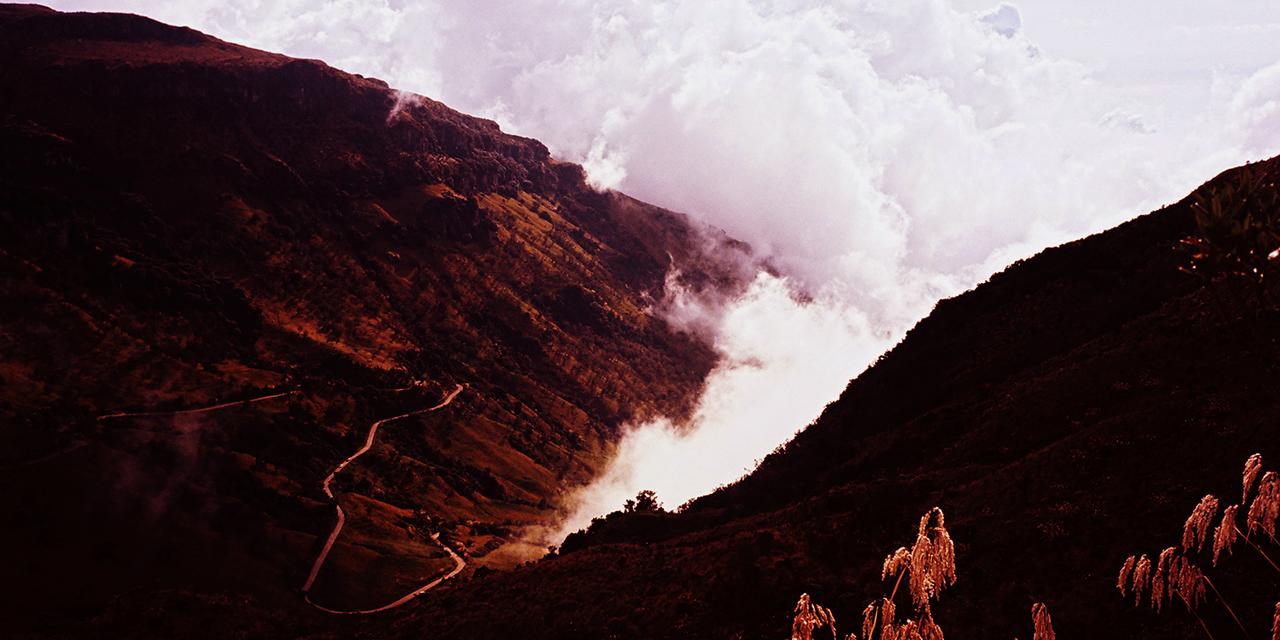


Part 3 will be available soon.
Part 3 will be available soon.
Of Volcanoes and Men
6 Parts
Articles in this series:
Part 3 will be available soon.
Nevado del Ruiz, the explosive titan of the Andes
Series'Of Volcanoes and Men' (2/6). French photographer Marguerite Bornhauser ventured onto the Colombian volcano, at an altitude of over 5,000 meters, in the summer of 2024. She captured the strangeness of its sculpted landscapes, using colored filters to highlight the fiery nature of our planet.
A heavy silence. That was what struck Marguerite Bornhauser when the taxi carrying her and a friend up the slopes of Nevado del Ruiz passed the 4,000-meter mark. The silence seemed all the more impressive because, lower down, the slopes of the Colombian volcano – part of the Pacific Ring of Fire – echoed with the cries of thousands of hummingbirds that live there.
The 36-year-old Paris-based photographer then fainted, overcome by the lack of oxygen and the breathtaking beauty of the place. "Air is rare there; every movement is an effort. Walking, framing a shot, breathing: Everything happens slowly, with an almost suspended attention. The altitude imposes a different sense of time, one of short breaths, shifting light and the invisible rhythms of life," she said.
This world of mist and saturated colors could only be captured on analog film, embracing the intrinsic magic of long exposures. Bornhauser worked with 35 millimeters film, allowing light to find multiple paths through the lens. This sometimes produces halos and a burnt effect in her images.
To amplify the symbolism of heat and lava flows that have shaped these landscapes for millennia, she added slices of color using filters. Red and orange veils cross some frames, "as if the heat of the eruption still lingered in the air, as if the volcano were leaving its mark."
'A strange elsewhere'
The photographer made no attempt to document her subject in the traditional sense; instead, she sought to transform and "magnify" it. The aim was not so much to explore Nevado del Ruiz as to question the future of a planet where everything is burning. In her view, volcanoes are "not much" compared to the climate crisis, but their slow contemplation prompts reflection on how we care for the Earth. After all, though they also burn, they are living, breathing bodies, and it is photography's role to capture their heartbeat. "I developed the photos three months later, with all the magic of discovery and of mistakes. With digital, which I find profoundly boring, you throw away mistakes. With film, you keep them," she said.
You have 45.88% of this article left to read. The rest is for subscribers only.

